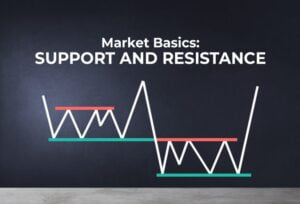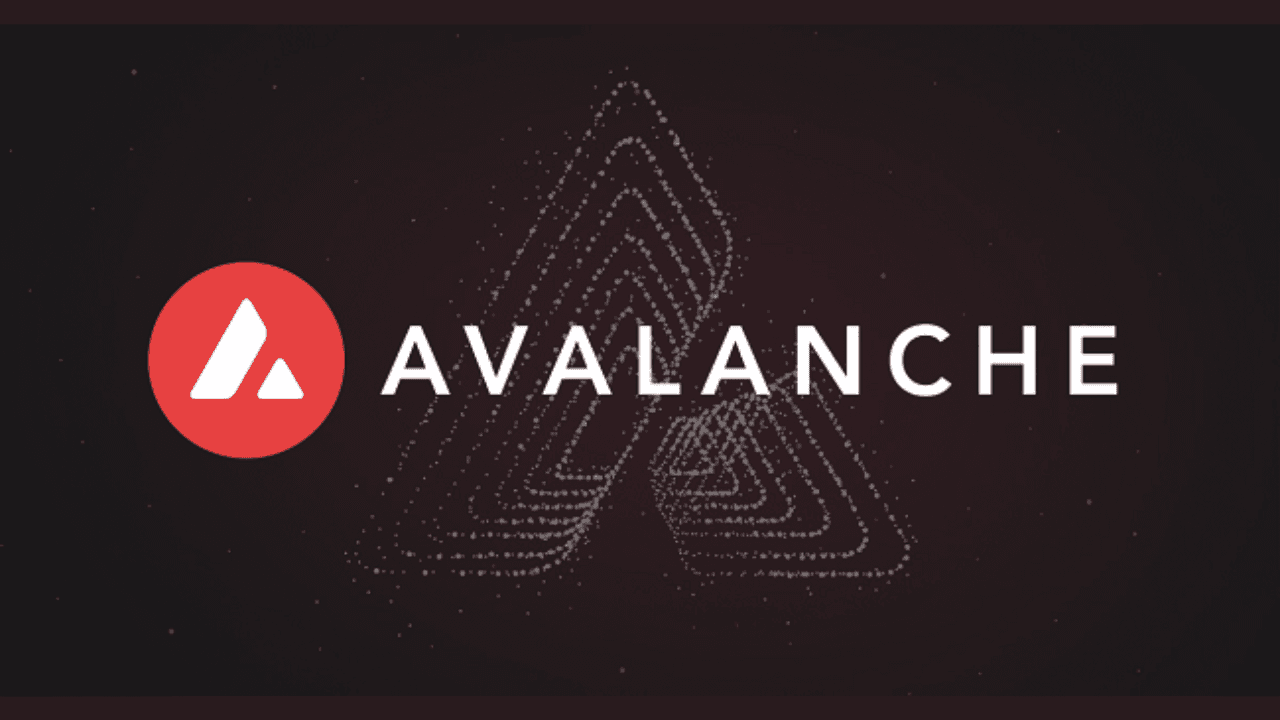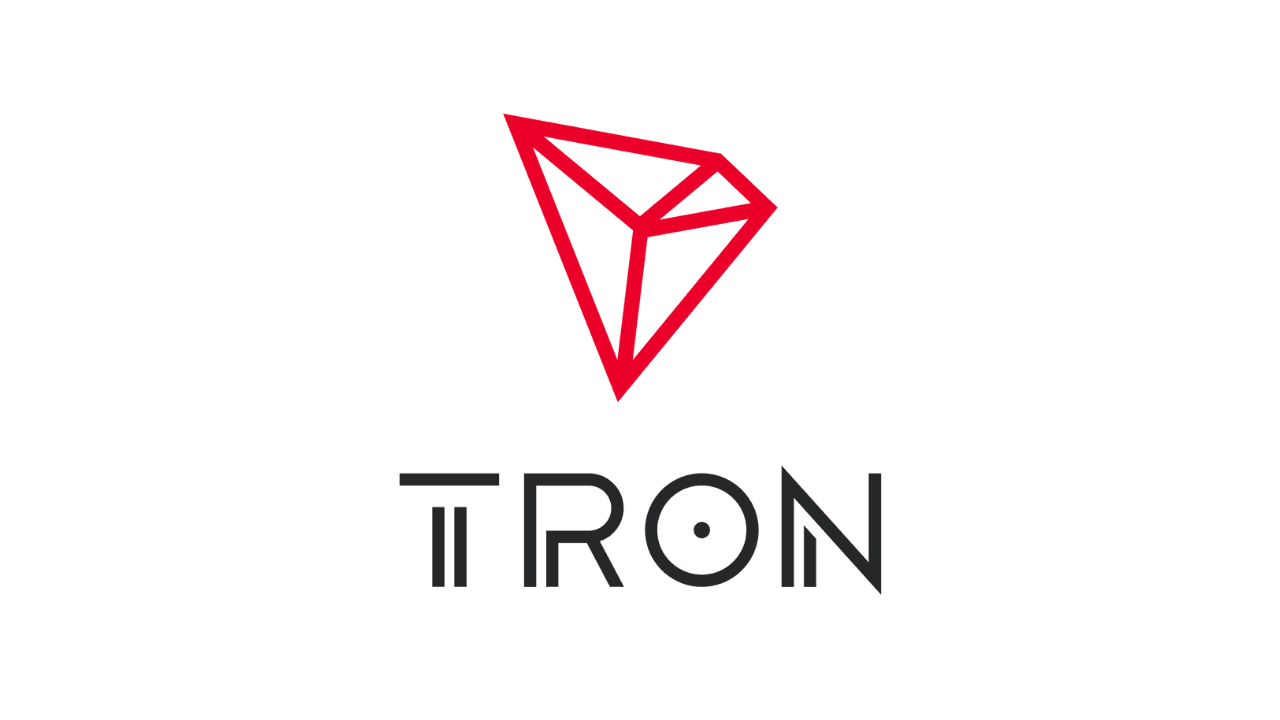Yield farming is a sophisticated strategy nestled within the decentralized finance (DeFi) realm, where participants deposit cryptocurrency assets into a liquidity pool governed by a DeFi protocol to accrue rewards, predominantly issued in the protocol’s own governance tokens.
In this article, we will overview how yield farming works as well as its key benefits and risks to help the readers understand this intricate landscape.
Table of Contents
ToggleWhat is yield farming?
This yield farming process spans various methodologies, with the center being the contribution of crypto assets into decentralized lending or trading reservoirs to bolster liquidity. This act of liquidity provision by participants, known as liquidity providers (LPs), is compensated through rewards delineated as an annual percentage yield (APY), meticulously calculated in an ongoing manner.
At the heart of yield farming lies the strategic goal of magnetizing and preserving liquidity. This liquidity is the linchpin for the seamless operation of these platforms, facilitating fluid transactions and establishing a bedrock of pricing stability.
In the nascent stages of yield farming, the focus was predominantly on stablecoins such as USDT and DAI. However, the paradigm has shifted, with Ethereum-based DeFi protocols ascending to prominence.
In the current landscape, the majority of yield farming protocols extend governance tokens as rewards to liquidity providers. These tokens are not merely tokens of appreciation but confer upon holders the right to partake in the governance and decision-making processes of the platform. Moreover, these tokens can be traded on an array of exchanges and decentralized platforms such as Uniswap, thereby offering liquidity providers not just a stream of income but a stake in the governance of the DeFi ecosystem.
How can you start yield farming?
The returns from yield farming are usually measured as an annual percentage yield (APY). This mechanism is based on smart contracts, which are self-executing contracts whereby the terms of the agreement are written in code. These smart contracts automatically distribute rewards whenever certain predetermined conditions are achieved. Here’s a step-by-step breakdown of how you can get started with yield farming using a decentralized exchange (DEX) as an example:
- First, you select a platform on which you want to practice yield farming. For example, take SushiSwap – a popular automated market maker (AMM).
- Go to the ‘Pool’ or equivalent area on the platform. In this case, you select the assets that you would like to contribute to a liquidity pool. Suppose you decide to deposit your ETH and USDT into the ETH/USDT pool.
- When you deposit your assets, the platform gives you a liquidity provider (LP) token. This token is your share in the pool and gives you a part of the trading commissions produced by the pool’s activity.
- After that, you go to the ‘Farm’ section on the platform and deposit your LP token into the ETH/USDT yield farm to start receiving yield farming rewards. These incentives are usually paid out in the platform’s native token or more LP tokens.
- Many platforms also offer governance tokens as part of the yield farming incentives. These tokens give you voting powers within the platform so that you can vote in various decision-making processes. Moreover, as mentioned before, governance tokens are tradable on different exchanges.
What are the risks associated with yield farming?
For one to venture into the yield farming domain, there is a need to have an informed understanding of the risks involved in safeguarding investments. Some of them are:
- Prices of new cryptocurrencies with low liquidity are notorious for their sharp volatility. It may impact rewards along with the principal amount invested in yield farming. A significant depreciation in the value of the reward token could wipe off all profits made.
- The yield farming rewards depend on the dynamic change of supply and demand and this leads to future income uncertainty. A surge in assets is known to cause a huge drop in yields thus directly influencing the success of farming activities.
- Rug pull scams are quite common in the yield farming sphere. This scheme is characterized by the invention and marketing of an innovative cryptocurrency token, whereby the creators disappear from the project, leaving investors to hold worthless assets. Such schemes usually involve the exploitation of Liquidity Pools for profit at the expense of other investors.
What are the benefits of yield farming?
Following are some prominent benefits of engaging with yield farming:
- Yield farming transforms cryptocurrency investment into active interest-earning investments. This approach allows people to accumulate more tokens and receive fees as passive earnings without having to trade for hours or speculate. It is a way to superimpose a profitable layer on a simple act of HODLing digital currencies, acting as an engine to compound growth.
- The core benefit of yield farming lies in its role as the leading provider of liquidity to decentralized exchanges (DEXs). This liquidity is the lifeline of the DeFi space and enables hassle-free exchanges as well as reduces slippage for other traders.
- Yield farming can generate much higher yields than traditional financial products such as savings or fixed-income securities during good economic environments. This high capital efficiency is the main attraction for investors wanting to increase their returns on capital.
- The process of yield farming not only brings personal benefits to participants but also significantly contributes to the resilience and development of cryptocurrency systems. Through funding, they allow DeFi projects to grow and thrive as well as to innovate while creating additional offerings for others in the space.
Conclusion
In summary, yield farming represents a multifaceted opportunity for cryptocurrency holders. It offers a blend of passive income generation, enhanced liquidity provision, potentially high returns, and the chance to contribute to the development of the DeFi ecosystem. This combination of personal and communal benefits makes yield farming a noteworthy endeavor for those looking to deepen their engagement with the world of digital finance.
Read more:
https://thetradingbay.com/what-is-dao-in-crypto-how-are-they-transforming-governance-in-digital-age/













